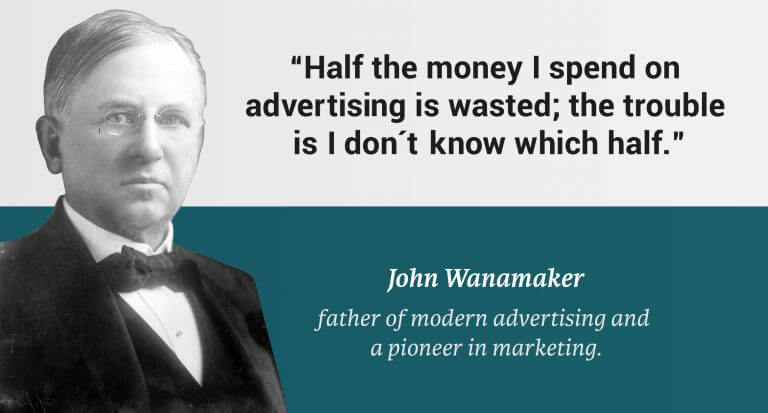
Definition: Closed loop marketing is a “holistic marketing funnel where marketing and sales data are connected, allowing you to determine the exact ROI of each and every marketing action”.
John Wanamaker was a 19th century businessman who is considered to be the father of modern advertising. And for many businesses, his quote still rings true today. In fact, this Forbes article cites a study by marketing professor Peter Fader which claims that much MORE than half of all marketing dollars are still being wasted.
But it doesn’t have to be that way!
The solution to the problem expressed in the quote is known formally as “Closed Loop Marketing”.

And thanks to closed loop marketing, it’s now a simple matter to connect your marketing and sales data, allowing you to calculate the exact ROI of every marketing action and every dollar spent
In this article, I’ll walk you through the concept of closed loop marketing and show you how to quickly implement it in your business using your existing CRM and analytics utilities.
Closed loop marketing: What problem does it solve?
In most businesses, the sales and marketing teams are disconnected. They both have the same end goal of generating sales and revenue. But each one can only see half of the sales funnel.
The marketing team knows which online marketing efforts got people to visit the website.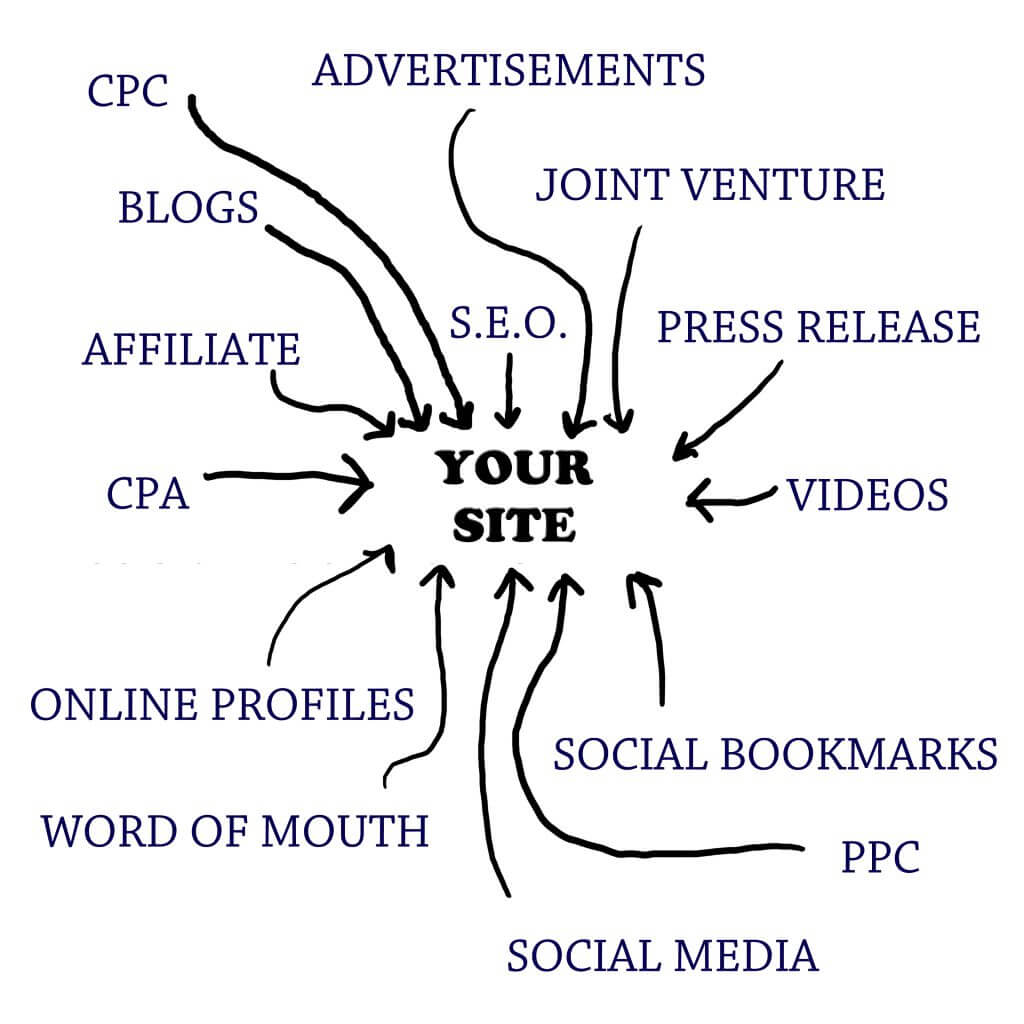
And the sales team knows which leads converted into sales.

But no one on the team has enough data to connect those dots, and and understand which specific marketing efforts actually lead to specific customer sales.

To better understand closed loop marketing, it helps to visualize the sales funnel in 5 stages:
- Traffic generation. Here, your marketing team engages in a variety of activities designed to bring traffic to the site.This probably includes various ad campaigns on different PPC networks like Facebook Ads, Google Ads, Bing Ads etc… As well as content marketing, SEO optimization, email blasts etc.
- Visitors arrive at your website. Internet users click your ads, your listings in the search engines, links on other sites etc, and arrive at your website.
- Visitors become leads.
A subset of your website visitors submit out a web form on your site, and become leads. - Leads are added to your CRM.
In this step, information entered submitted via the web form is ported over to your CRM (Salesforce, Zoho, Microsoft Dynamics etc), and the visitors officially become “leads” for your sales team. - Leads become customers.
Your sales team follows up with those leads, and a subset of them make a purchase, becoming customers.
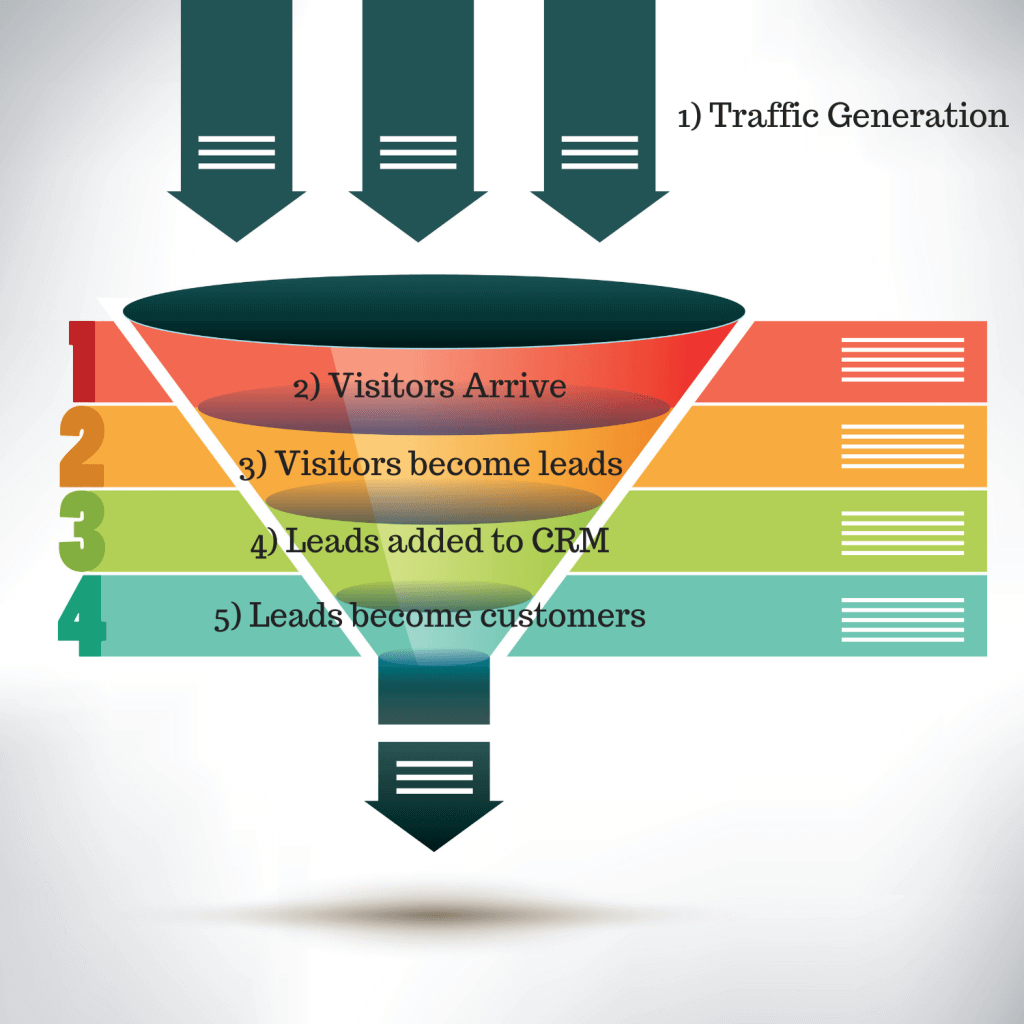
For most businesses who haven’t implemented closed loop marketing, the problem lies in the fact that the data on the traffic sources that resulted in specific leads (Steps 1-3) is walled off in your PPC and Analytics systems; most commonly Google Ads and Google Analytics. And that’s the only data that the marketing team can access.
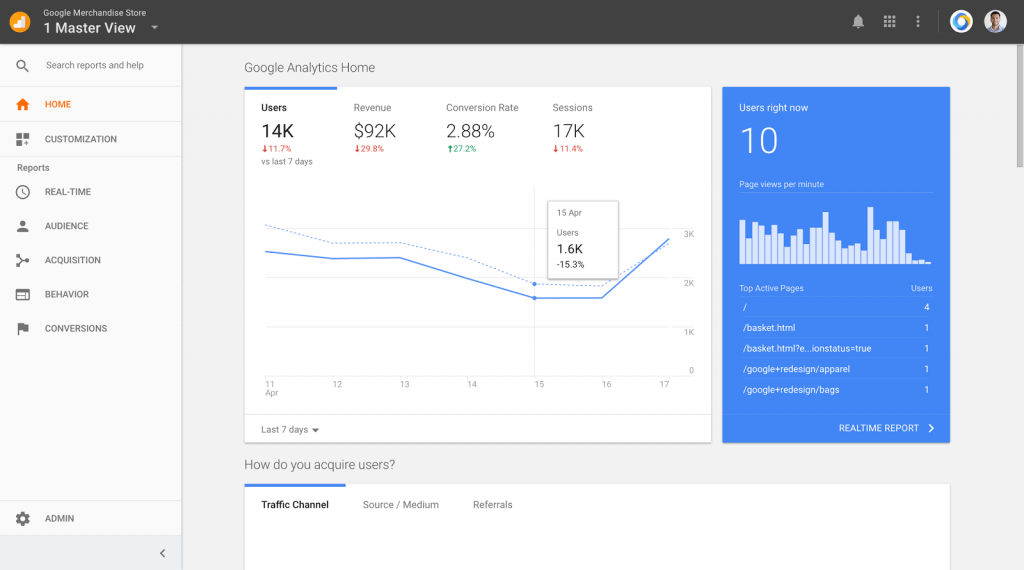
Meanwhile, the data on which leads converted into customers (Steps 3-4) is walled off in the CRM, where typically only the Sales team is looking at it.
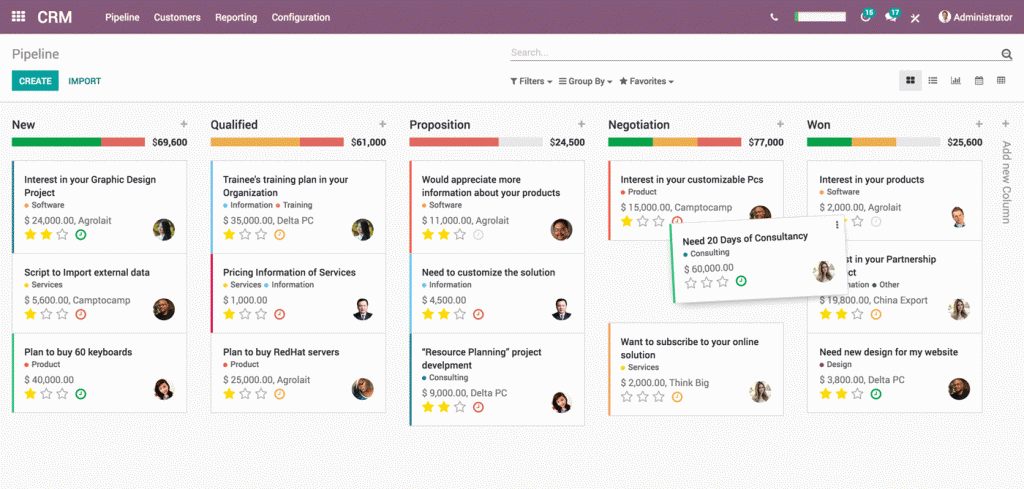
Even if you were to grant your marketing team access to the CRM, the data is still disconnected.
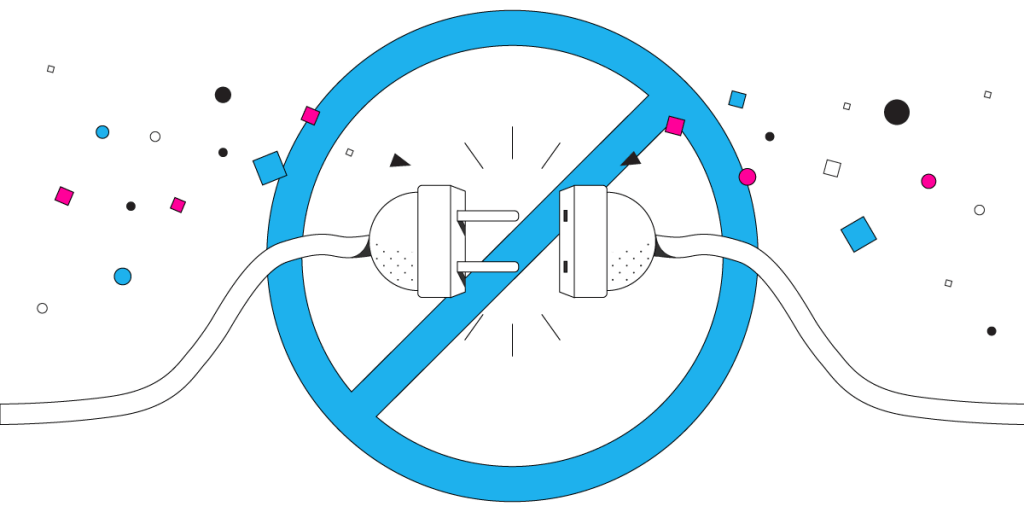
There’s no way to see which ad, keyword, or piece of content sent each individual customer through the funnel.
It may seem harmless, but it’s the exact situation that Wanamaker described in his quote, and it leads to two problem behaviors on the behalf of your marketing team that harm the entire business:
- Focusing on channels that bring lots of traffic but few sales.
- Overlooking channels with less than impressive traffic stats but that have sky high conversions rates and ROI.
So without a proper implementation of closed loop marketing, your marketing team can end up doubling down on traffic sources that bring a lot of unqualified, time wasting leads that never convert…

…and turning off traffic sources that bring low traffic levels, but that convert like crazy and lead to high ROI customers.

When you implement closed loop marketing, the marketing team is able to see exactly which marketing efforts resulted in Sales.
They have enough data to calculate the value of those sales, to create a breakdown of revenue and ROI by marketing campaign and, better still…
…to take action on that data – increasing spend on the exact marketing campaigns that are generating not just leads, but SALES.
So how exactly do you implement closed loop marketing in your business?
At a high level, the solution is closed loop analytics. Closed loop analytics allows you to create reports with sales funnel data flowing from your PPC and Analytics tools to your CRM, and vice versa. We’ll talk about specific steps for configuring closed loop marketing and closed loop analytics in a moment.
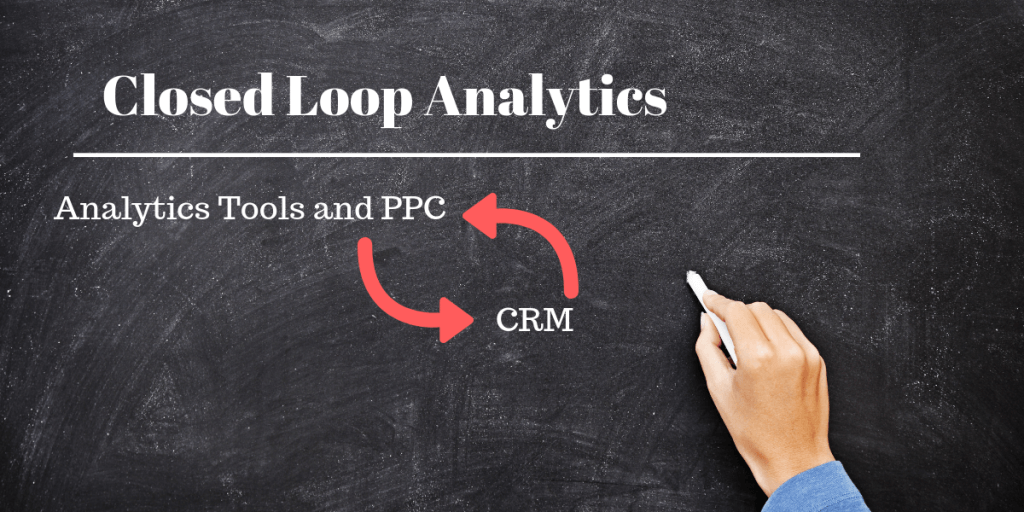
What reports are available with closed loop analytics?
Before we talk about specific steps and tools for setting this up, let’s cover the type of reporting and data that closed loop analytics offers.
Using Google Analytics and Salesforce as examples, you can create reports like this one that combine marketing stats like sessions and users with Salesforce data like leads, opportunities, and amount from closed won deals.
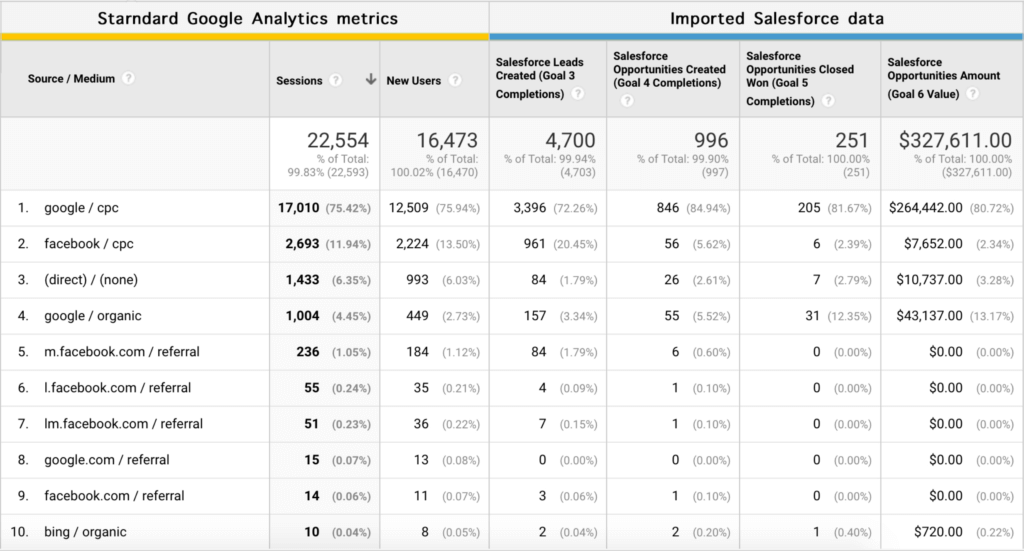
This lets the marketing department see exactly which marketing campaigns and activities actually resulted in sales, and then lets them optimize accordingly.
In the CRM, you can see granular marketing data on each individual lead, like the ad campaign that drove them to the site, the first and last keyword clicked, the pages visited on the website, and more.
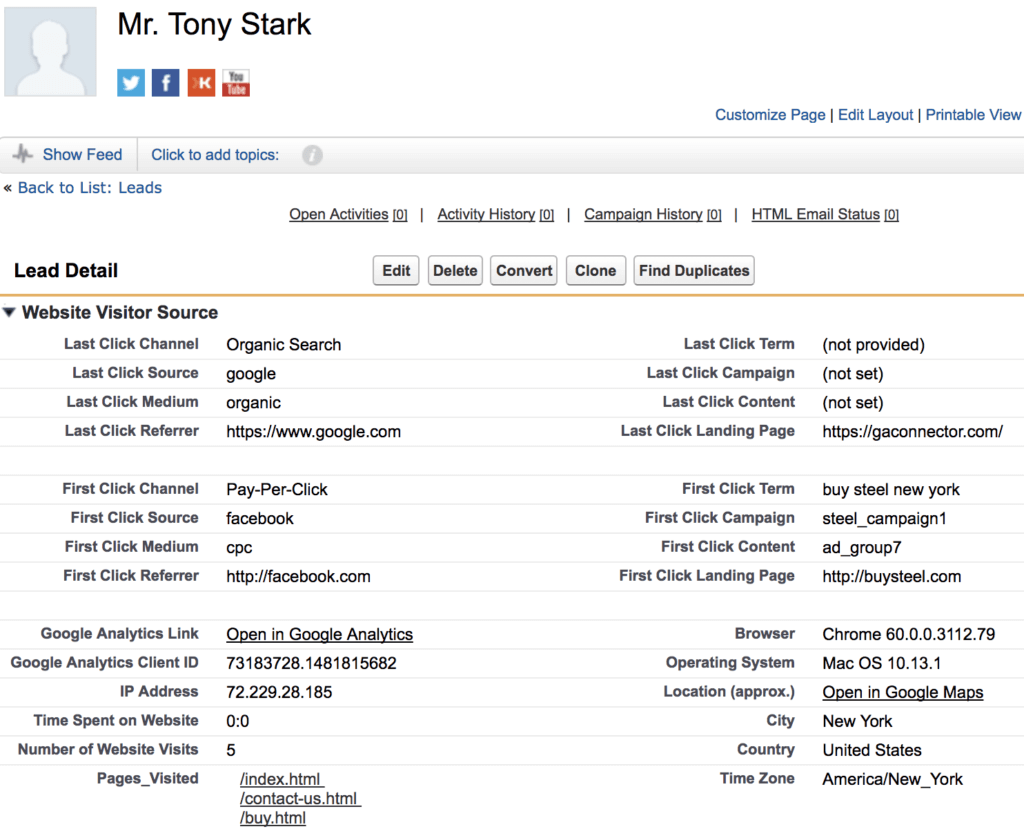
This is crucial business intelligence data that your sales team can use to optimize their sales pitches, track the entire user journey for each lead, and ultimately, close more sales.
Configure closed loop analytics in 3 steps:
Ok, this is probably the part that you’ve been waiting for!
At a more granular level, the solution to implementing closed loop marketing by way of closed loop analytics is to install an app that bridges the gap between Google Analytics and your CRM.
So let’s go ahead and run through the instructions for actually setting up closed loop analytics for your sales funnel in just 3 easy steps using our app, called GA Connector.
- Navigate to GAConnector.com and sign up for a free 30-day trial.This step should only take you about 20 seconds, and there’s no commitment or credit card required to get this set up.
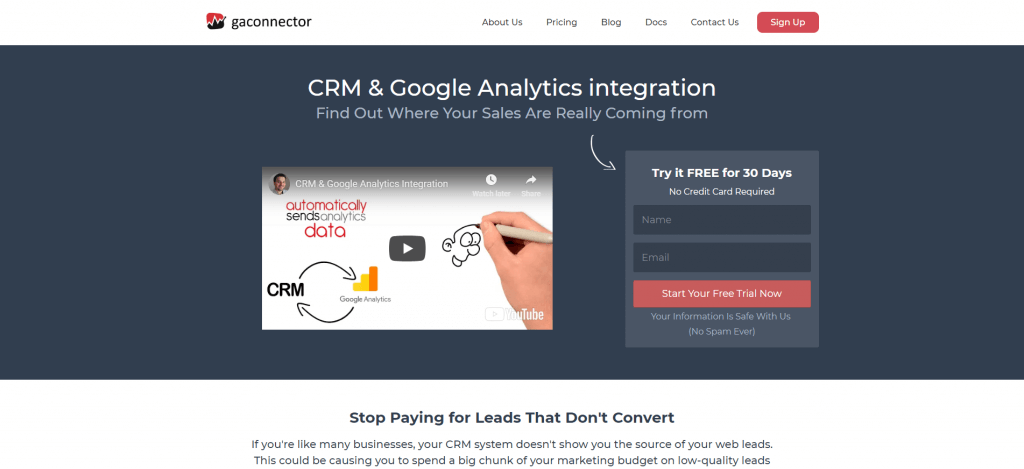
- Begin the actual setup process for the GA Connector app.Select your CRM, and follow the simple instructions. This will get the data flowing between your CRM and your Google Analytics account.
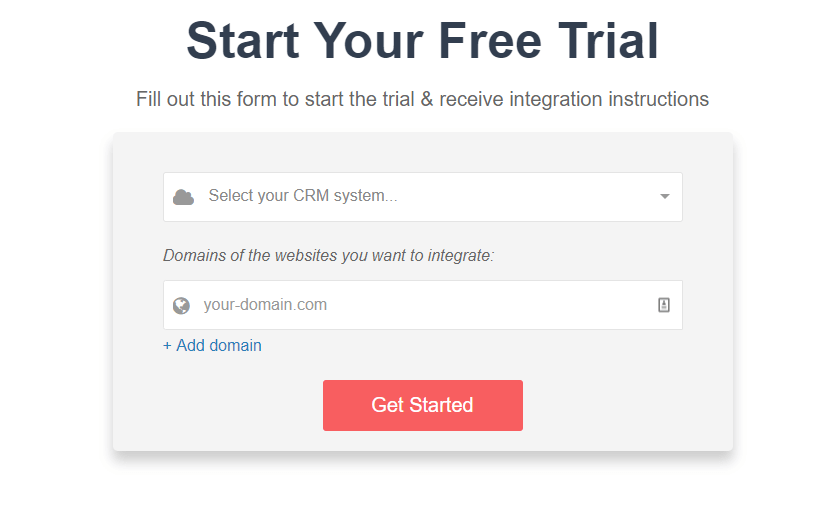
- Start building reports and viewing your closed loop analytics data
This is the fun part!
At this point, you’ll have your CRM data by default in most standard Google Analytics reports, and you’ll be able to build custom reports like this example that shows how much revenue was generated from each PPC campaign.
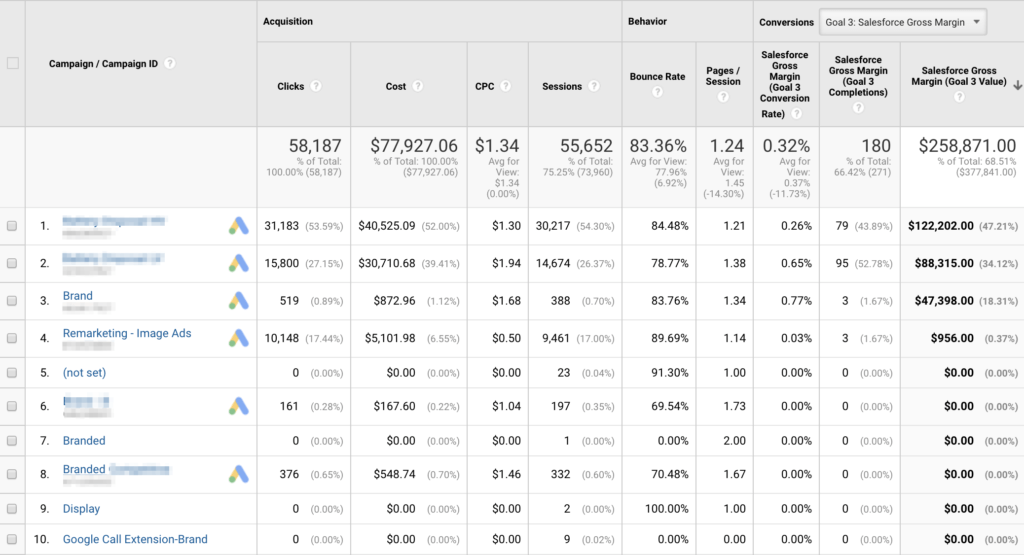
Google Analytics with Adwords and Salesforce information combined
In your CRM, you’ll be able to analyze the specific google ads campaign, Ad Group, Keyword, pages viewed, and more for each individual lead, and to build reports like this one where you can see how many closed won Salesforce opportunities originated from each Adwords campaign.
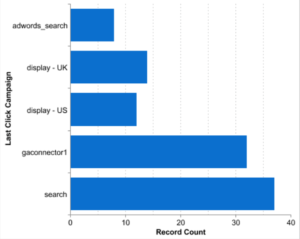
And once you’ve followed those 3 steps, you’ve effectively “closed the loop” between your marketing and sales teams.
The marketing team generates more high quality leads for less money.
The sales team has the data that it needs to close more deals and generate more revenue.
And , since most business still see closed loop marketing as some kind of Enterprise-only “big data” voodoo, your competitors will probably be scratching their heads, wondering how your team has suddenly cornered the market in your niche.

YOU get to show your CEO the business-wide improvement in ROI that can be attributed to YOUR decision to implement closed loop analytics.
Everyone wins.
Except, of course, your competitors.
Get started right now and close the loop in your business by signing up for a free trial at GAConnector.com
Questions? Don’t hesitate to leave a comment, or reach out to our team at [email protected]



